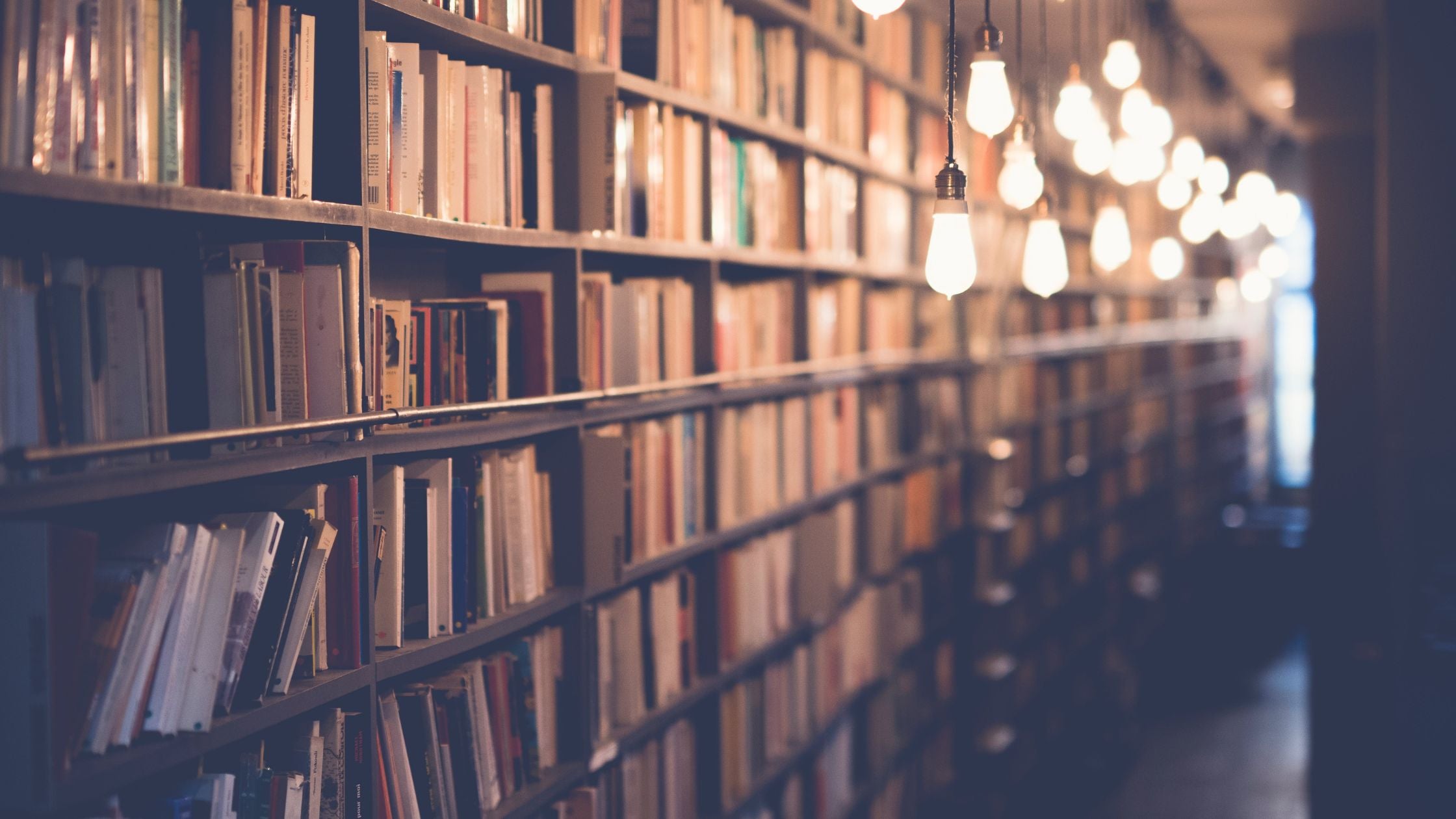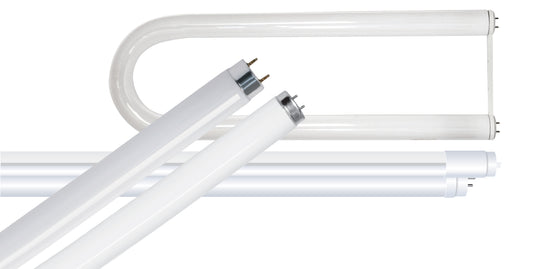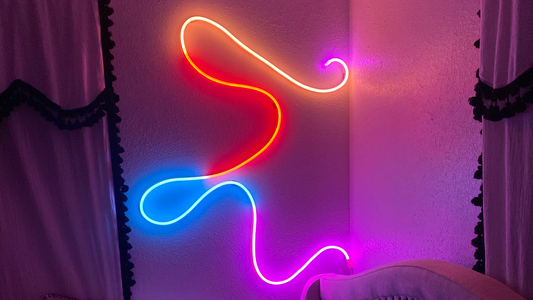When it comes to lighting our homes and offices, the choice of light bulbs plays a significant role. With a variety of options available, it's essential to weigh the advantages and disadvantages of each type. In this blog post, we'll delve into the characteristics of incandescent bulbs, halogen bulbs, compact fluorescent lamps (CFLs), and light-emitting diodes (LEDs), providing valuable insights to help you make informed decisions about your lighting needs.

Incandescent Bulbs:
Incandescent bulbs, the traditional choice for many years, offer some distinct advantages. They are inexpensive and widely available. When turned on, they provide an instant warm glow that many find aesthetically pleasing. However, incandescent bulbs have several disadvantages. They are highly inefficient, converting only a small portion of the energy they consume into light, while the rest is wasted as heat. Additionally, they have a relatively short lifespan compared to other options, requiring frequent replacements and increasing maintenance costs over time.
Browse Incandescent Light Bulbs.

Halogen Bulbs:
Halogen bulbs, a variation of incandescent bulbs, address some of the drawbacks of their predecessor. They are brighter and longer-lasting, making them a popular choice for task lighting and accent lighting. Halogen bulbs also have a higher color rendering index (CRI), providing more accurate color representation. However, like incandescent bulbs, halogens emit a significant amount of heat, making them less energy-efficient. The high temperatures can also pose a fire hazard if not handled properly.
Browse Halogen Light Bulbs.

Compact Fluorescent Lamps (CFLs):
Compact fluorescent lamps, or CFLs, are energy-efficient alternatives that gained popularity due to their long lifespan and reduced energy consumption. CFLs convert electricity into light more efficiently than incandescent bulbs, resulting in significant energy savings. They are available in various shapes and sizes, making them suitable for different lighting fixtures. However, CFLs have their disadvantages too. They contain small amounts of mercury, requiring proper disposal procedures to avoid environmental harm. Additionally, CFLs take a short time to warm up and reach full brightness, which can be a drawback in certain situations where instant illumination is desired.
Browse Compact Fluorescent Bulbs.

Light-Emitting Diodes (LEDs):
In recent years, light-emitting diodes (LEDs) have emerged as a highly favored lighting option. LED bulbs are incredibly energy-efficient, consuming significantly less electricity than incandescent or CFL bulbs. They have an exceptionally long lifespan, often lasting tens of thousands of hours before requiring replacement. LEDs are available in various colors, providing flexibility for different lighting needs and ambiance creation. However, the initial cost of LED bulbs is generally higher than other options, which may deter some consumers. LEDs also contain trace amounts of toxic materials, requiring proper recycling to mitigate environmental impact.
Browse LED Light Bulbs.
Choosing the right light bulb involves considering various factors such as energy efficiency, lifespan, brightness, and environmental impact. While incandescent bulbs and halogen bulbs offer familiarity and lower upfront costs, CFLs and LEDs shine as more eco-friendly and cost-effective alternatives in the long run. Ultimately, LED bulbs are often considered the optimal choice due to their exceptional energy efficiency and extended lifespan, although individual circumstances and budgetary considerations may influence the final decision.





